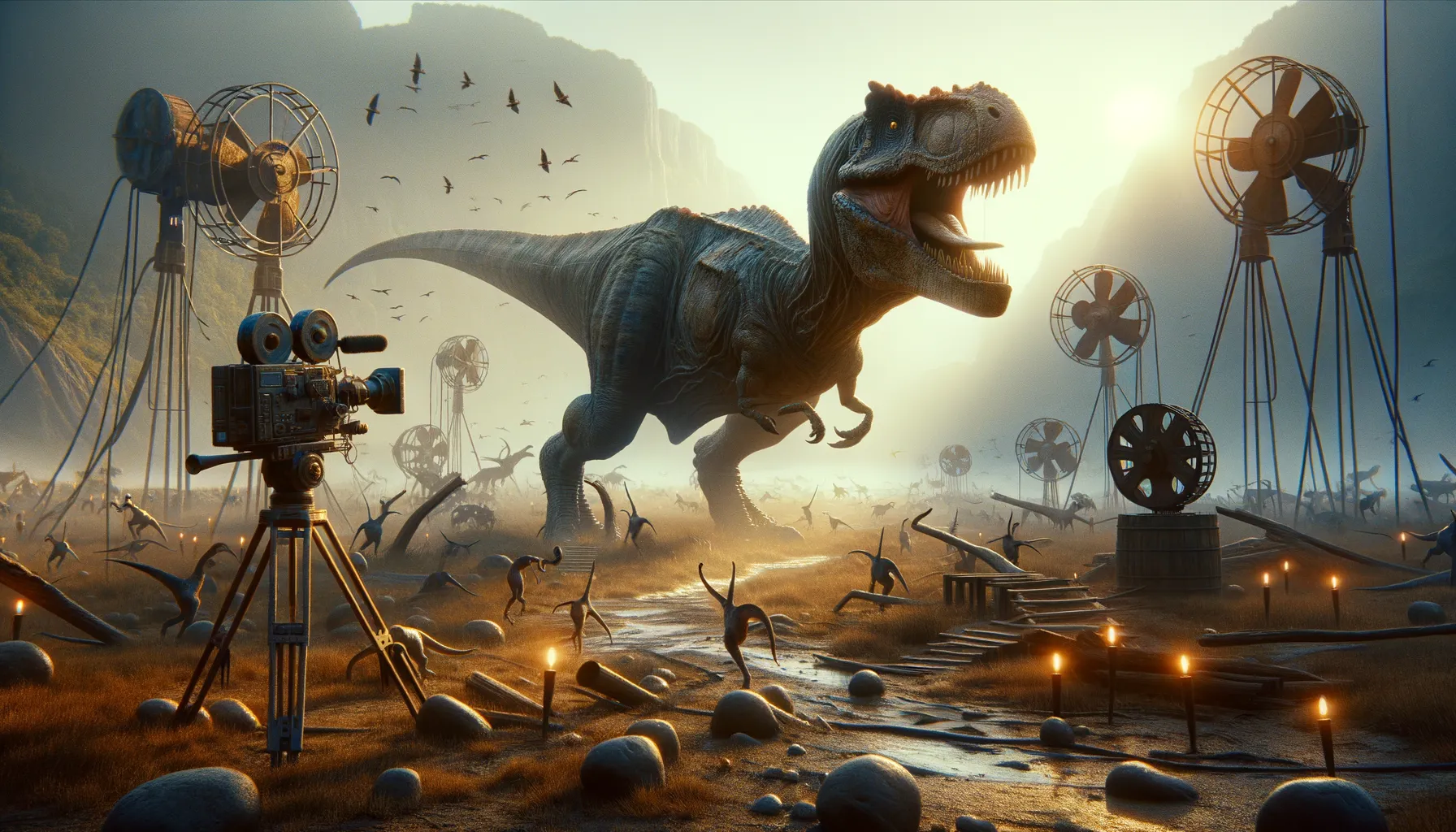
Succinodon
Explore the wonders of prehistoric life!
Period
Unknown
Length
Unknown, as it is a fictional dinosaur.
Height
Unknown, as it is a fictional dinosaur.
Weight
Unknown, as it is a fictional dinosaur.
Succinodon is a fictional dinosaur, a product of imagination rather than scientific discovery. Dinosaurs, coming in many sizes and shapes, thrived during periods like the Jurassic and Cretaceous. Each species adapted uniquely to their environments. Paleontology, the study of these ancient creatures, helps us piece together the history of life on Earth through fossils. While Succinodon may not have historical roots, the creation of such creatures allows for exploration of prehistoric life in creative means.
Diet
As a fictional dinosaur, no dietary habits can be established. In reality, dinosaurs had diverse diets, ranging from herbivorous to carnivorous behaviors depending on their species.
Hunting
Since Succinodon is fictional, specific hunting behaviors are purely speculative. Dinosaurs employed various hunting techniques, some relying on stealth, speed, or cooperative strategies in packs.
Environmental challenges
Being fictional, Succinodon did not face real challenges. Dinosaurs faced climate changes, volcanic activity, and competition for resources. Real species had to adapt to changes in vegetation types and water availability, impacting their survival. Predators or environmental shifts could lead to the extinction of species unprepared to adapt rapidly.
Speed
Unknown, as it is a fictional dinosaur.
Lifespan
Unknown, as it is a fictional dinosaur.
First discovery
Unknown, as it is a fictional dinosaur.
Fun Facts
- Succinodon is a relatively lesser-known dinosaur due to the limited fossil evidence available.
- The name 'Succinodon' translates to 'amber tooth,' which hints at the discovery of the species' teeth fossilized in amber.
- Succinodon is believed to have lived during the Late Cretaceous period, which dates back roughly 70 million years ago.
- Despite the mystery surrounding its lifestyle, Succinodon is thought to have been herbivorous, feeding primarily on plants.
- The discovery of Succinodon fossil teeth in amber provides unique insights into the ecosystems of its time, preserving ancient insects and plant material.
- The amber-preserved fossils indicate that Succinodon's habitat was likely forested, filled with lush vegetation and diverse wildlife.
- Succinodon reminds us of the importance of amber as a preservative, offering a snapshot of ancient life and biodiversity.
Growth and Development
As a fictional dinosaur, these aspects are not defined. Real dinosaurs grew at varying rates, with some reaching full size rapidly, while others, like the sauropods, took longer. Different fossil records indicate growth rings in bones, similar to trees. Growth was often influenced by environmental factors such as food availability.
Habitat
Since Succinodon is fictional, it does not have a real habitat. In reality, dinosaurs lived in a wide range of habitats, including forests, deserts, and coastlines. They adapted to various climates, from tropical to temperate regions. Fossil evidence shows some species thrived in river valleys or floodplains, often rich in food resources.
Interaction with other species
As a fictional entity, Succinodon has no historical interactions. Dinosaurs interacted in complex ecosystems involving both competition and symbiosis. Predatory species frequently occupied niches that influenced prey populations and overall ecosystem balance. Some herbivorous species might have coexisted with minimal conflict due to differing feeding strategies.
Natural lifespan
Succinodon, being fictional, has no natural lifespan.
Reproduction
Succinodon, as a creature of imagination, lacks reproductive behavior. Studying dinosaur fossils, scientists understand many dinosaurs laid eggs, similar to modern birds. Some species displayed nesting behavior, with fossilized nests found suggesting parental care. Fossil evidence shows clutch sizes varied between species.
Social behaviour
As a fictional dinosaur, no real social behavior is known. Real dinosaurs exhibited a range of social behaviors, from solitary lifestyles to living in packs or herds. Herd behavior in certain species suggests communication, possibly for defense, migration, or caring for young. Fossilized trackways sometimes indicate group movement.
Fossil locations
Succinodon fossils do not exist, as it is a fictional creation. However, real dinosaur fossils have been uncovered worldwide, with notable locations including the Morrison Formation in North America, the Gobi Desert in Asia, and the rich fossil beds in Patagonia, South America.
